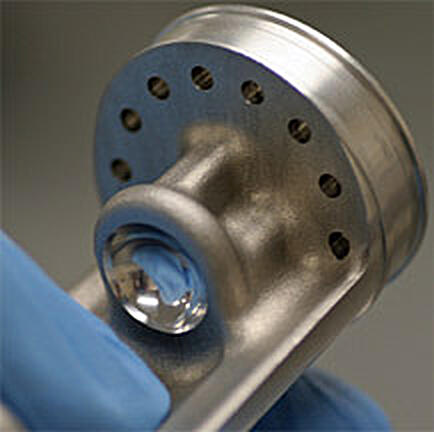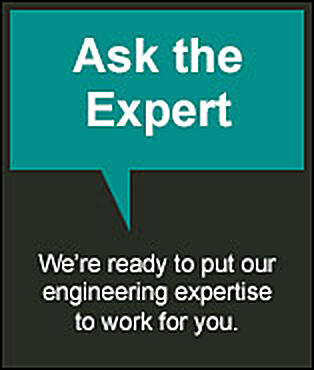Plasma treatment gives atomic-level cleaning of critical manufacturing components
How can I remove all traces of contamination from inorganic substrates?
When are substrates REALLY clean enough to bond?
Which cleaning method will achieve the best bonding results?

TriStar’s Surface Modification Experts are often asked these questions from designers in the medical, aerospace, and electronics industries whose products require a superior level of cleanliness and/or increased adhesion of glues, paints, or coatings. And our recommendation is to always begin with the right pretreatment process ― atomic-level cleaning via plasma surface modification. By adding surface modification as a vital step in the cleaning or bonding process, our partners are able to increase the adhesive strength of paints, primers, coatings, and tapes to their inorganic substrates
Conventional cleaning vs. plasma cleaning
Conventional cleaning methods generally include aqueous or solvent-based chemical rinsing, wiping or scrubbing, vapor degreasing, or ultrasonic baths. While these wet methods may appear to remove all visible gross contaminants, organic residuals such as machining oils, wax, grease, and polishing compounds often remain behind ― and can impede the bonding of component materials. In contrast, atomic-level plasma cleaning is a dry process that removes all traces of contamination left behind on “clean” devices. Plasma cleaning offers superior manufacturing benefits over conventional cleaning methods including:
- A truly clean surface for enhanced bonding
- Dry and uniform, 3-D coverage – even on complex geometries
- Earth-friendly process that does not release harmful solvents or alter the dimensional tolerance of components
- Increased manufacturing yields and a reduction of in-field failures
Plasma cleaning by industry
Plasma processing excels in cleaning optical devices, metal aircraft and satellite components, as well as valves and bearing assemblies. In the medical arena, our plasma process promotes fine cleaning of glasses such as microscope slides, pump components and lenses. Plasma processes do not adversely affect biocompatibility in medical products; read how we’ve pretreated catheter tubes used in surgery. The plasma process also delivers a lifetime treatment duration when compared to conventional treatment methods.
Is plasma the right cleaning process for your inorganic component? Contact our team of in-house Experts to review your design specifications and explore the best technique. Complete surface analysis and post-cleaning services are just two examples of the TriStar Advantage!





